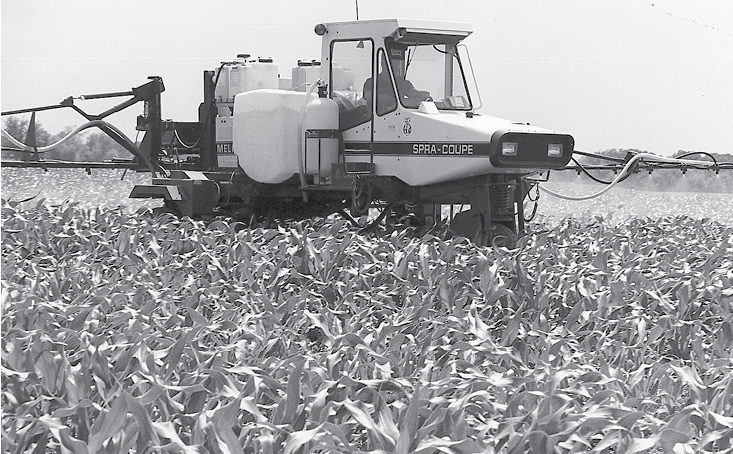No-Till Farmer
Get full access NOW to the most comprehensive, powerful and easy-to-use online resource for no-tillage practices. Just one good idea will pay for your subscription hundreds of times over.

Some no-tillers, whether they recognize it or not, practice weed control without ever really coming to grips with the subject, says Bryan Young, a Southern Illinois University weed scientist.
For those growers, weed control amounts to “spray and pray,” Young says, and they might judge their success by whether their fields are weed-free at season’s end. “But weed control at harvest is not a good measure of successful weed management,” he stresses.
“It used to be,” he says. “We used to use a lot of soil residual, pre-emergence herbicides that removed weeds and protected yields from the start of the crop to the finish. If you had weed control at the end of the season, that meant your herbicide lasted.”
Not anymore, due to no-tillers’ growing reliance on glyphosate herbicides since the introduction of Roundup Ready crops in the mid- and late 1990s. “Now we’re using post-emergence herbicide almost exclusively in soybeans, and end-of-season weed control doesn’t mean that you protected the crop through the season,” Young says.
That change means no-tillers can expect more problems with late-emerging weeds, which in turn might require later herbicide applications or smarter use of soil residual herbicides.
To help clarify the subject, Young prefers to talk about “weed management” with the goal of protecting crop yields, “because we’re in this business to make yields so we can make money.” Reaching that goal requires focusing on the strengths of herbicides, not their potential challenges, while choosing appropriate application rates and timing to maximize their…